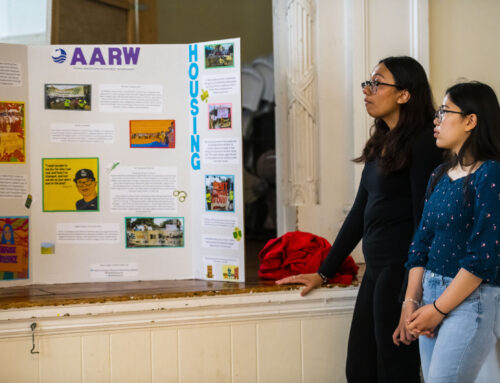Their hands wrestled back and forth—his arms wrangling hers like an ivy branch entwined on a tree trunk. It grappled against hers, his nails piercing into her skin—puncturing it with incisions which would remain etched in her skin as scars for years to come. His wild eyes stared into hers—wide, alert, looking to turn rock-hard muscle into soft tissue with his grasp. Her fierce grip loosened; his grin spread in victory.
In the middle of the night on April 15, 2014, upwards of 300 girls were kidnapped from their boarding school in Chibok, Nigeria. Throngs of armed terrorists strided into the rural town in a cluster of trucks, buses and vans. They had strategically made their way to the all girls boarding school—home to Nigerian females whose dreams were infused with aspirations of creating companies, helping patients, and building infrastructure. At the time, this inexplicably horrific crime—carried out by an Islamic militant group Boko Haram—went largely unreported for nearly two weeks. While their absence hung in the air of villages and classrooms, Nigerian government officials failed to take immediate action.

Boko Haram had been terrorizing northeastern regions of Nigeria—regions that are characterized by the presence of Muslim and Chrisitan individuals. The group’s vision of establishing a pure Islamic State governed by strict Sharia law encouraged ruthless violence in a region which was once a secure home for residents. The group is reported to be “ideologically opposed to Western culture, as well as [to] the education of girls” (Teen Vogue).
The girls, aged 15 to 18, knew how the power of education could revolutionize and transform—to amplify perspectives and foster intellectual growth. It was this realization that caused them to risk their lives in seeking an education. In fact, it was so dangerous for girls to attend school that schools in Chibok had closed in March in fear of terror attacks. But this specific school, Government Secondary School, had reopened so that girls—who were the hopes of their families and stars of their villages—could take and excel in their final exams. They yearned to participate in collaborative classrooms, itched to immerse themselves in the knowledge which would one day help them become a writer, teacher, doctor, or lawyer—the first in their family.
Instead, they found themselves being auctioned off for $12 apiece to become “wives” of militants. Around 50 girls were able to escape from abducted zones, yet 276 are still missing. Although the Nigerian government did not take immediate action to recover the girls, countries around the world took the initiative to intervene after the #Bring Back Our Girls campaign rose in popularity. The following year, the movement progressed as the International Red Cross and Swiss government negotiated with Boko Haram to release 21 of the Chibok girls.
For the freed Chibok girls, fame has come with fierce limitations on their state of mind. Although brought back to Chibok, they battle with memories of sexual abuse and unknown settings. The attack in Nigeria was part of a global backlash against girls’ education by extremist groups. In 2012, the Taliban shot then 15-year-old Malala Yousafzai in the head as she walked to school, for fear of her girls’ education advocacy. Later, radicals chucked acid in the faces of girls walking to school in Afghanistan.
As people in comfortable, first-world countries, we are told that the most powerful tool to fight oppression and extremism is education. Yet, many girls around the world are still risking their lives to get an education. The first step to fight oppression is to ensure safety in school settings. These girls had been abducted and killed because they had the courage to open textbooks; the guts to participate in classroom discussions. Though it occurred five years ago, we need to always remember the Chibok girls, their stories, and their devotion to education.




